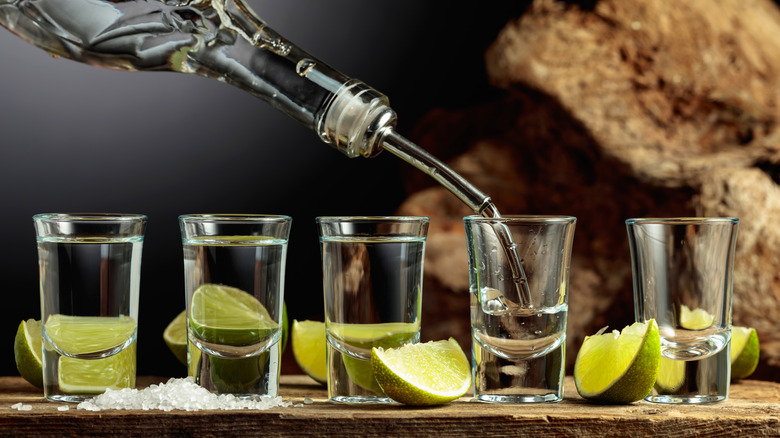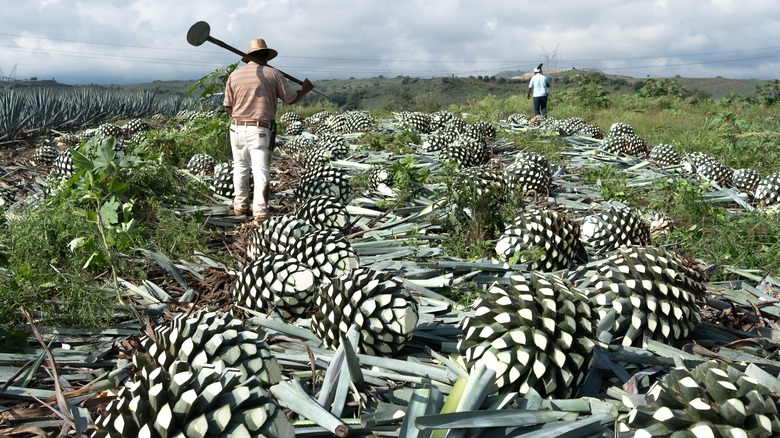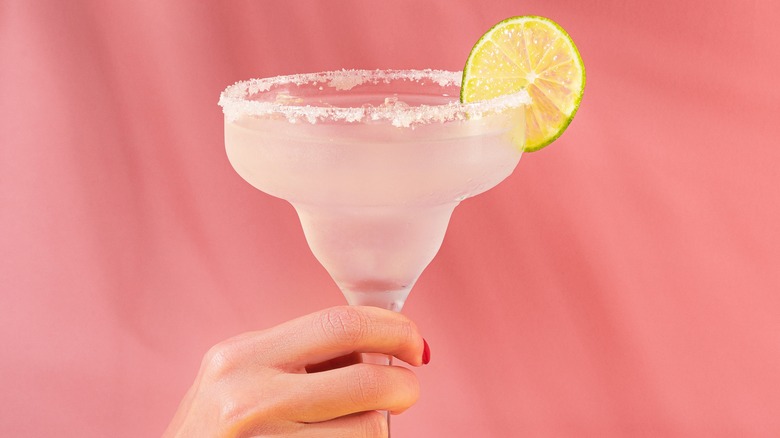What Is Raicilla, The Lesser-Known Agave Spirit?
Mexico's most famous agave spirits include mezcal and its well-known variant, tequila. These liquors and more are beloved in Central America and beyond for their intriguing flavors and versatility. There are plenty of lesser-known cousins to tequila and mezcal, all with their own rich histories that are worth looking into. If you're the kind of alcohol aficionado who can parse out the flavor differences between tequila and mezcal (besides the smokiness factor), you might consider adding raicilla to your tasting tour of agave spirits.
Haven't heard of raicilla before? That's not too much of a surprise. Raicilla wasn't commercially sold in Mexico until 2008, and wasn't available in the United States until 2014, when mezcal producer Arik Torren lobbied the U.S. government on behalf of the raicilla brand La Venenosa to recognize it as a new category of spirits. Just as mezcal has captivated serious agave fans over the last few years, raicilla is poised to become the cult favorite spirit of a new generation of bartenders and drinkers.
Where does raicilla come from?
Raicilla, which means "little root," is made in Jalisco, Mexico. Its name comes from a sly trick used by bootleggers to avoid being taxed for homemade production of the spirit. In raicilla's infancy, mezcal was heavily taxed by the Spanish who were colonizing Mexico. When tax collectors ventured across the country on behalf of the Spanish crown, makers of raicilla lied and said it was made from the roots of the agave tree, not the heart, differentiating it from any type of mezcal. In reality, the "roots" of agave are the same as the heart, but the trick helped distillers avoid taxes.
Because it lacked the official designation of a taxable good, like mezcal and tequila had, raicilla was overlooked for generations as a kind of Mexican moonshine. However, this lack of formal oversight resulted in a vast and diverse development of different styles and flavors. The aforementioned brand Le Venenosa was the first company to sell commercial raicilla in 2008. Guadalajaran chef Esteban Morales took on the mission of distributing the spirit and convincing consumers to try it, and raicilla has taken off since then.
Like mezcal, tequila, and other agave spirits, raicilla is made from the heart, or piña, of the agave plant. As with mezcal, the piña is roasted, sometimes in underground ovens over the course of days, before being mashed and fermented. The mash is then distilled, sometimes using copper pots historically favored by Mexico's Filipino immigrant community.
The many flavors and uses of raicilla
Raicilla is often single-distilled, but may be double-distilled like mezcal. It comes in two major categories: de la costa (from the coast) and de la sierra (from the mountains). These types are made with two different agave species, in addition to hailing from different regions. Raicilla from the coast is often drier, while raicilla from the mountains tends to be sweeter, but there are far more variations than that.
Just as there are different types of mezcal, there are many different types of raicilla. And because raicilla can be made from any number of different agave strains, its flavor can vary widely. Generally, compared to tequila and mezcal, raicilla is considered to be more floral and fruity, often with a touch of inherent sweetness. Despite sharing some production steps with mezcal, raicilla isn't always smoky, though it can be, depending on the region or agave strain it derives from. It can also be funky, herbal, or even peppery.
Raicilla can be enjoyed straight, preferably cold and/or on the rocks. This spirit also makes a dynamic cocktail ingredient. Sub it in for gin in a Negroni, use it in a botanical Last Word, play with a coffee-infused cocktail, or even add it to a savory martini. If you haven't heard of or tried this spirit yet, now is the time to get your hands on a bottle, before it becomes even more trendy.



